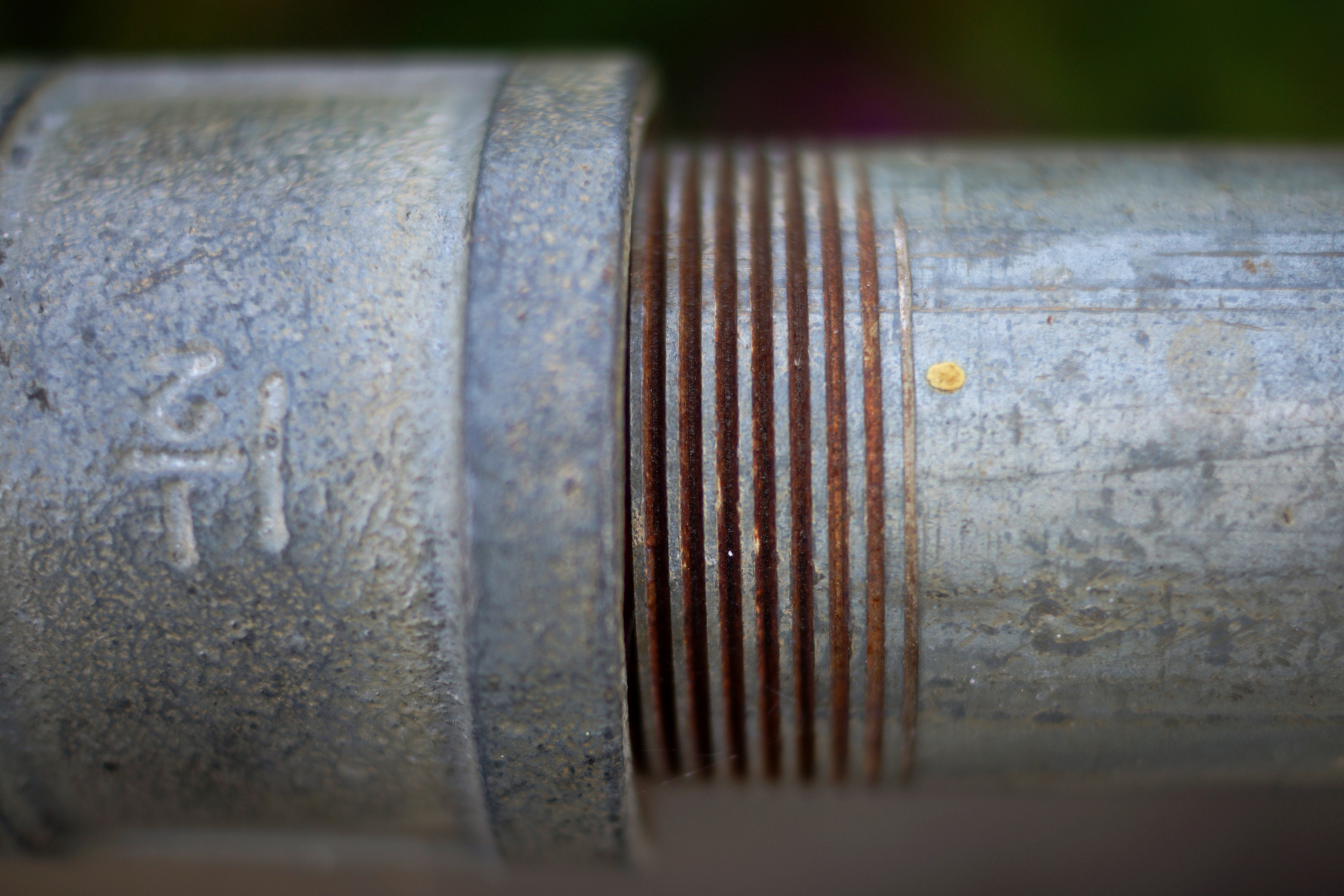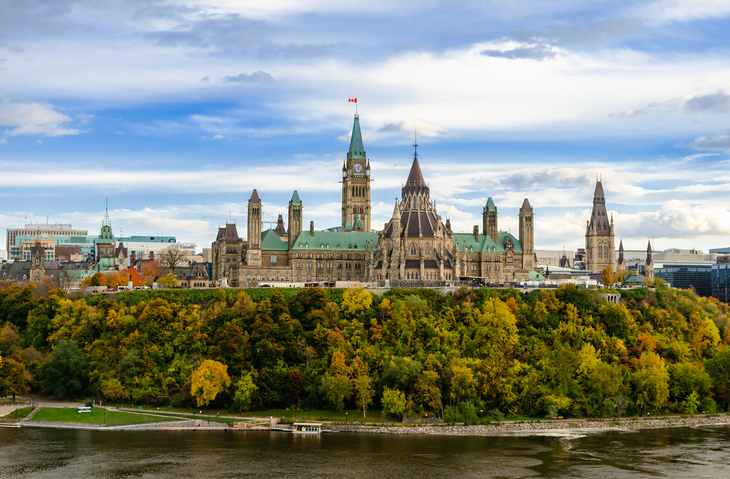What’s holding us back from replacing lead pipes in Canada? What are some tools that can be used to incentivize and accelerate the replacement of lead pipes?
These are a couple of the many important questions that stakeholders across Canada are asking to ultimately ensure that residents have access to safe, clean drinking water. Solutions are available to help communities efficiently and effectively replace lead infrastructure. Before we dive into the solutions, let’s look at the bigger picture.
Current state of affairs in Canada
In March 2019, Health Canada set a new guideline for the maximum acceptable concentration of lead in drinking water. The new concentration was lowered to 0.005 milligrams per litre, making it more stringent than the 0.01 milligram per litre guideline that was set in 1992.
“Health Canada’s review stated that there is no safe level of lead but setting a guideline of zero is completely unachievable,” according to Michele Grenier, executive director of the Ontario Water Works Association (OWWA). “So what it asked was: what is the blood lead level, in micrograms per decilitre, at which there are no observable or minimal observable health effects in children?”
“Health Canada recognized that water is not the only means of lead exposure in children so it set a guideline that said that the concentration of lead in drinking water cannot be more than 0.005 milligrams per litre,” Grenier added. “It’s related back to minimizing blood lead levels and it’s the world standard at this point to my knowledge.”
In November 2019, eight months after Health Canada’s updated guideline was released, mainstream media outlets in Canada reported on elevated lead levels in the drinking water of several cities across the country.
The fear created by the mainstream media storm was unfounded to an extent. The reporting didn’t consider the municipal programs already underway to replace lead pipes. It also didn’t consider how lead pipe replacement programs would be funded if municipalities were to accelerate the removal of lead pipes.
At the same time, the mainstream reporting led to a number of important conversations about the need to replace lead pipes in communities across Canada.
One of these conversations took place during a Lead Roundtable hosted by Water Canada and its sister magazine, ReNew Canada, in January 2020. The roundtable brought together about 20 industry stakeholders that represented associations, academia, utilities, technology providers, and infrastructure firms to answer some key questions, including the ones below.
What’s holding municipalities back from replacing lead pipes?
One of the challenges discussed during the Lead Roundtable hosted by Water Canada and ReNew Canada was that many communities don’t have accurate records of where their pipes are buried. The lack of information had led to an obvious problem in some communities: municipalities can’t replace all of their lead pipes if they don’t know where they’re located.
Politics also came up as a factor that’s holding communities back from replacing lead pipes.
“The elephant in the room, that no one is talking about, is politics,” said Shaun McKaigue, president and chief executive officer of FER-PAL Infrastructure. “Nothing happens without politics. I spend my life talking with mayors and trying to get them to spend money.”
“On what?” asked McKaigue. “Mayors will say ‘Shaun, you’re a nice guy. But I have to get re-elected three years from now. Right now, you turn on the tap and water comes out. You want me to spend a million dollars. After I spend the million dollars of the tax payers money, I turn on the tap and water comes out. Why would I do that? How do I get a vote out of it?’”
“Unless the mayor is supported by the voter, it doesn’t matter,” added McKaigue. “The risk is losing the election and mayors are not willing to take that risk. All day long.”
Part of this comes down to the fact that “it is hard to get support for any water and wastewater infrastructure projects when they have to compete within a limited budget against recreation, transit, housing, policing, fire, and more,” said Robert Haller, executive director of the Canadian Water and Wastewater Association (CWWA).
It’s not to say though that local governments are unwilling to replace lead infrastructure. Tools can be provided, by provincial governments as an example, to local governments that help build the case for replacing lead infrastructure.
“When we ask the provincial or federal governments to place conditions on funding—such as having an asset management plan or full-cost pricing—it seems like we are asking them to force us to act intelligently, the way we want to,” Haller said.
“Mayors, and those of us in the water sector, count on the senior levels of government to create mandatory standards that will identify our unseen projects as a higher priority,” added Haller. “Canadian communities compete against each other for being healthy, livable cities, so such regulations (with support) put us all on even footing.”
To read the full article, check out the March/April 2020 issue of Water Canada.









